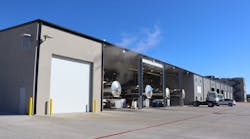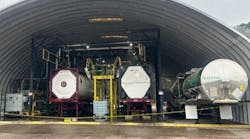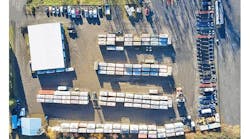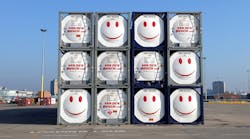The Environmental Protection Agency (EPA) has finalized the expansion to the comparable fuel exclusion rule. The rule allows certain secondary material, called emission-comparable fuel (ECF), to be safely burned for energy recovery in industrial boilers.
ECF generates emissions when burned in an industrial boiler that are comparable to those from burning fuel oil.
“This action recognizes that ECF should be managed as a commodity valued for its energy content,” Susan Bodine, assistant administrator for EPA’s Office of Solid Waste and Emergency Response, stated in a news release. "This action will remove unnecessary regulation to promote use and energy recovery, while maintaining protection of human health and the environment."
EPA issued the comparable fuel exclusion in 1998 to establish standards to exclude certain hazardous secondary materials from the regulatory definition of solid waste. These secondary materials have levels of hazardous constituents and properties that affect burning that are comparable to fossil fuels. Under the final regulation, ECF is subject to the same requirements that currently apply under the exclusion, with an allowance for ECF’s higher hydrocarbon and oxygenate content. Higher hydrocarbons and oxygenates levels are allowed as they contribute energy value to the fuel. The new regulation also requires certain storage and burner conditions for ECF.
More information about the subject is available online at epa.gov.








